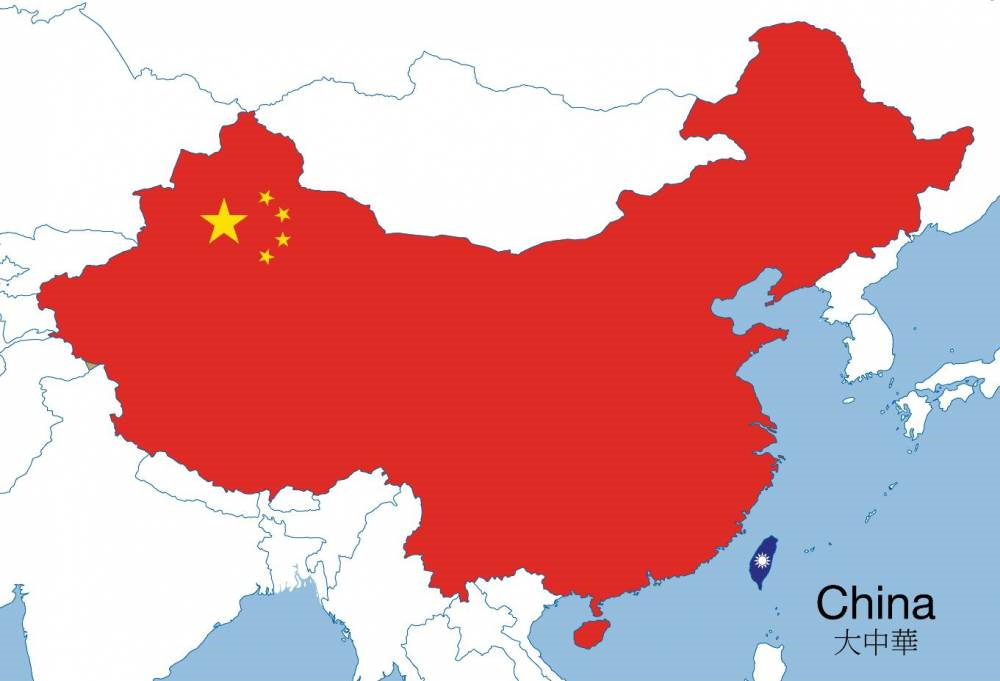
China vs Make in India: India’s ambitious Make in India initiative, which seeks to radically remake the country into a manufacturing powerhouse, is already running into strong headwinds maybe China wind. India has achieved great strides in domestic assembly of electronic products such as smartphones and consumer appliances. India’s heavy reliance on Chinese components, exacerbated by increasing geopolitical tensions and a flood of low-cost imports, is holding back long-term advancements.
China vs Make in India
As India dreams of being a self-reliant electronics hub, China’s strategic clout in the global electronics value chain is turning into a major impediment cornering and jeopardizing the hard-earned victories under the “Make in India” initiative. The main reasons for this problem are discussed below.
Heavy dependency on Chinese components
India imports a staggering $34.4 billion worth of electronic components every year—larger than any other category except oil and coal—with Chinese and Hong Kong firms providing more than half of that total. Further, in fiscal year 2023–24, electronic components were the fifth largest import category overall.
A NITI Aayog discussion paper reiterates this— even as final assembly grows quickly (smart phones, TVs), India’s participation in global electronics value chains is still less than 1%, with component imports accounting for about $78 billion.
Losses and setbacks from China–India tensions
Geopolitical strains appear to have taken a toll: over the last four years, Indian electronics companies have allegedly suffered ₹1.25 lakh crore (~USD 15 billion) in lost production and nearly 100,000 job losses, mainly due to delays in granting visas to Chinese technicians and investigations of Chinese firms. ICEA cautions that these hurdles have already stopped a $10 billion export opportunity and $2 billion in domestic value creation.
One of the more visible examples: a Chinese-backed iPad assembly plant promised to India moved its plans to Vietnam, producing $8–10 billion worth per year.
China’s New Forex Rules Require Banks to Tighten Scrutiny on Cryptocurrency Trades
Surge of low-cost Chinese imports
Even as India has tried to support its own local manufacturing, India is still inundated with cheap Chinese electronics—from appliances to telecom equipment. In 2005–2020, China’s share of India’s industrial imports surged from 21% to 30%, with electronics and telecom comprising some of the biggest shares. Opponents point out that large and growing trade deficits increase structural dependence and risk harming domestic firms that can’t compete against artificially low prices.
In reaction, India has taken even more extreme unilateral action by adopting new product-safety standards designed solely to keep out crappy Chinese imports on products like household electronics.
Government incentives
In order to wean off China, India’s Electronics Ministry is preparing a $4–5 billion Production-Linked Incentive (PLI) schemes for local electronics and PCB manufacturing, with the goal of achieving $500 billion in electronic production (of all kinds) by 2030.
The India Semiconductor Mission and large investments like Micron’s $2.75 billion automated test and management plant in Gujarat show that there is increasing traction to establish a domestic semiconductor ecosystem.
Structural bottlenecks vs China alternatives
Even with all this growth, India’s electronics manufacturing market is expected to expand at ~41% CAGR through FY 2026 to INR 5.98 trillion (~USD 72 billion). Investor sentiment remains cooler toward India than Vietnam and Mexico, markets that provide centralized policies and superior infrastructure.
FT adds that because of fragmented regulations, deficient infrastructure, and high tariffs, India’s is less attractive for global value-chain investors.
Strategic inflection point: China vs Make in India
India, meanwhile, is already moving more quickly opening new visa channels for Chinese specialists, advancing local safety regulations, and introducing PLI schemes. Ongoing trilateral initiatives such as the Supply Chain Resilience Initiative seek to bring Japanese and Australian investments to bear to reduce Chinese supply dominance.
China’s role as the world’s preeminent electronics producer is not easily contested, a longstanding fact casting a shadow over India’s dreams. Make in India has certainly made strides for assembly-led manufacturing, fundamental dependencies on components paired with geopolitically-driven disruption still slow the momentum. Significant government intervention with targeted incentives, enabling regulatory reforms, and public infrastructure investments can turn the tables and help India become self-reliant in reality. Real success depends on the translation of policy into assured continuity. Visa reforms, faster project approvals, and continued investment will matter most when it comes to seeing whether India can overcome today’s chokepoints and fully blossom as a robust electronics manufacturer.

